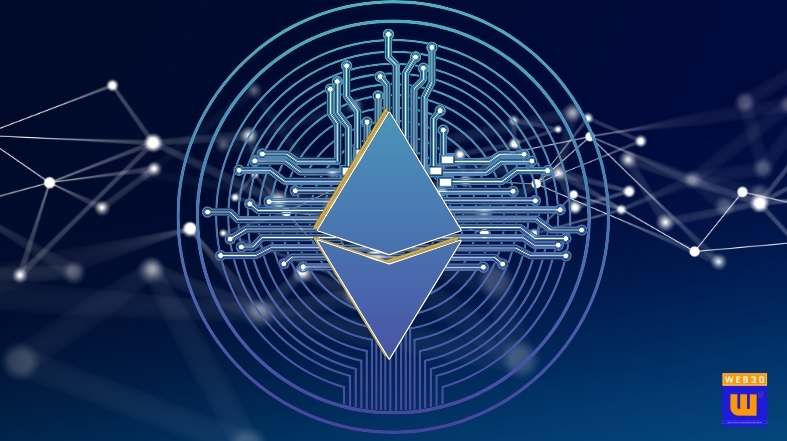Polygon’s zkEVM technology is designed to boost Ethereum’s scalability by minimizing transaction costs and enhancing throughput. Launched as an open-source mainnet beta in March 2023, Polygon’s zkEVM batches transactions off-chain and posts cryptographic proofs to the Ethereum mainnet. This approach helps to alleviate network congestion and reduce costs.
The transition to Stage 2 of the Mainnet Beta in January 2024 focuses on responsible dApp growth and on-chain activity. The Elderberry upgrade, live since March 14, 2024, includes optimizations that reduce network errors and improve overall performance.
Paul O’Leary shared insights on the ongoing improvements to zkEVM’s network client architecture.
“The team is currently working on upgrading the zkEVM’s network client architecture. Next up will be an implementation of the Erigon client for CDK chains. This will work to improve network performance and stability and be easier to maintain. We expect it to be live in the coming months,” O’Leary said.
Efforts are underway to reduce proving times without compromising security or efficiency. O’Leary mentioned, “We do have something in the works on this, but we aren’t releasing a timeframe on it yet.”
Polygon plans to integrate zkEVM with other scaling solutions, including sharding. O’Leary noted that as a “full-featured rollup,” zkEVM will adapt to Ethereum’s new features like sharding, ensuring continuous evolution and enhanced scalability.
To make zkEVM more accessible, Polygon aims to simplify the technology for developers. O’Leary emphasized that with zkEVM, Solidity developers can deploy their Ethereum dApps “without having to get a degree in cryptography,” making it easier to expand the zkEVM ecosystem by reducing complexity and lowering entry barriers for new developers.
Balancing zkEVM’s scalability with blockchain’s decentralization ethos is another key focus. O’Leary explained that “Ethereum at the settlement layer provides a base of true decentralization. That’s the beauty of zkEVM; it solves blockchain’s scalability challenge while remaining fully compatible with decentralization.”
Looking ahead, O’Leary envisions significant advancements for zkEVM over the next five years, particularly as Ethereum introduces sharding and other scaling technologies. He also anticipates a notable decrease in fees.
“It won’t be long before fees become so trivial that the amount users do pay will be negligible — or they’ll no longer need to pay anything at all,” he concluded.
Summary Review: Paul O’Leary’s insights highlight how Polygon’s zkEVM technology is set to significantly enhance Ethereum’s scalability by reducing transaction costs and increasing throughput. The ongoing improvements, such as upgrading the network client architecture and integrating with other scaling solutions like sharding, demonstrate Polygon’s commitment to evolving zkEVM in alignment with Ethereum’s advancements. Moreover, Polygon’s efforts to simplify zkEVM for developers and maintain a balance between scalability and decentralization further underscore its strategic approach. As O’Leary envisions, the future of zkEVM looks promising with anticipated reductions in fees and continuous enhancements, positioning zkEVM at the forefront of creating a scalable, secure, and decentralized Ethereum ecosystem. The collaboration and innovation within the community will be crucial in realizing these advancements and fostering broader adoption.
Disclaimer: Remember that nothing in this article and everything under the responsibility of Web30 News should be interpreted as financial advice. The information provided is for entertainment and educational purposes only. Investing in cryptocurrency involves inherent risks and potential investors should be aware that capital is at risk and returns are never guaranteed. It is imperative that you conduct thorough research and consult with a qualified financial advisor before making any investment decision.





